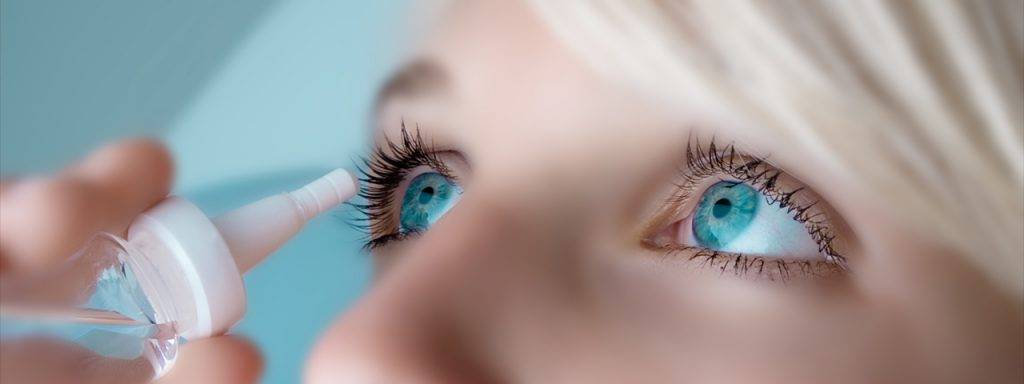Atropine is an essential eye drop used by eye doctors in both the diagnosis and treatment of many eye conditions.
When you go for your comprehensive eye exam your eye doctor will most likely dilate your eyes with atropine eye drops. But did you know that they can be used to treat eye conditions as well?
SEE RELATED: Are Eye Drops Confusing?
What does atropine do?
Atropine sulfate is an antimuscarinic agent used as a cycloplegic and mydriatic. The eye drops are used in the treatment of iritis and uveitis to immobilize the iris and ciliary muscle and to prevent or break down adhesions inside the eye.
This eye drop is also used to diagnose eye problems such as blurred vision (refraction) in children below 6 years and children with cross-eye, especially convergent strabismus.
Atropine eye drops widen the pupil and relax the muscles that enable the eyes to focus, allowing eye doctors to provide more accurate diagnosis and effective treatment options.
The effects of the drops are temporary and the eye returns to normal when the drops wear off.
When you schedule an eye exam the eye doctor can explain why atropine is used during a comprehensive eye exam, including treating certain eye conditions.
What can atropine treat?
Atropine eye drops contain atropine sulfate, which widens the pupil and relaxes the muscles that allow the eyes to focus. This eye drop is also used in the treatments, including;
Myopia management
Myopia, also known as nearsightedness, is a common eye condition where close up objects appear clear, but faraway objects appear blurry.
In recent years, to slow the progression of myopia, low-doses of atropine eye drops in 0.01%, 0.02%, and 0.05% concentrations have been found as an effective treatment option.
Lazy eye treatment
Amblyopia, also known as lazy eye, causes one eye to significantly weaken. Atropine drops relax the muscle in the stronger eye, causing that eye to have blurred vision.
Research has shown that using atropine eye drops to blur the better-seeing eye can improve the vision in the lazy eye by helping to force the lazy eye to work harder. Children sometimes prefer to have an eye drop once a day rather than wearing an eye patch for several hours a day.
Ocular inflammation
Another eye condition that atropine drops are used to treat is inflammation in the eye. The eye drops are used in the treatment of iritis and uveitis to immobilize the iris and ciliary muscle and to prevent or break down adhesions inside the eye.
LEARN MORE: Guide to Eye Conditions
If you or your child have any of the above eye conditions, schedule an eye doctor appointment to find out if atropine drops are a treatment option for you.


